This story is published in the Spring 2021 issue of Life & Thyme Post, The History Issue, shipping exclusively to Life & Thyme members. Get your copy.
Horacio Suárez has been a baker for nearly forty years. The last five have been spent in this kitchen, where he stands in front of a long, floured table anchored down by a pyramid of sticky dough that he kneads, pulls and twists into half a dozen different shapes. His arms and hands, sculpted from four decades of making hundreds of pastries a day, move intuitively with such swift precision that for a moment I debate switching my camera to sports mode. I try to keep up as he zig-zags around the bakery to pipe quince jelly and custard and sprinkle hot medialunas with sugar and glaze.
Racing behind him are Juan Manuel and Marisol Alfonso Rodríguez, who alongside their brother José Antonio, represent the third-generation heirs of Confitería Artiaga. While Juan Manuel slings bags of flour over his shoulder, Marisol recounts anecdotes about the shop their family purchased in 1980 and where they have spent nearly every day of their lives.
Their mother, Graciela, flies into the kitchen like a firework. Known as Mamá Artiaga by her faithful patrons, her life never strayed far from baking either. As a kid, she napped in woven bread baskets and helped her father Antonio sell kilos of bread and crackers to neighbors, sailors, and the Boca Juniors football team on her family’s horse and buggy. Although today she has stepped away from management, she still comes every day to cook her milanesas, empanadas and tripe stew.
In Buenos Aires, neighborhood bakeries are herculean. Everyone’s local bakery is the best one. They become part of the collective memory of el barrio—a tapestry of characters, history and lore that is wholly unique to that place. Confitería Artiaga is the only place where you will find a paracaida, a rounded pastry stuffed with dulce de leche and topped with custard; and it was invented by accident. Years ago, a baker became distracted while telling the story of his time parachuting into the Malvinas War and cut his dough into squares rather than triangles. Instead of starting over, he stuffed the center and folded each corner like a parachute. Today, it is one of the bakery’s most popular pastries.
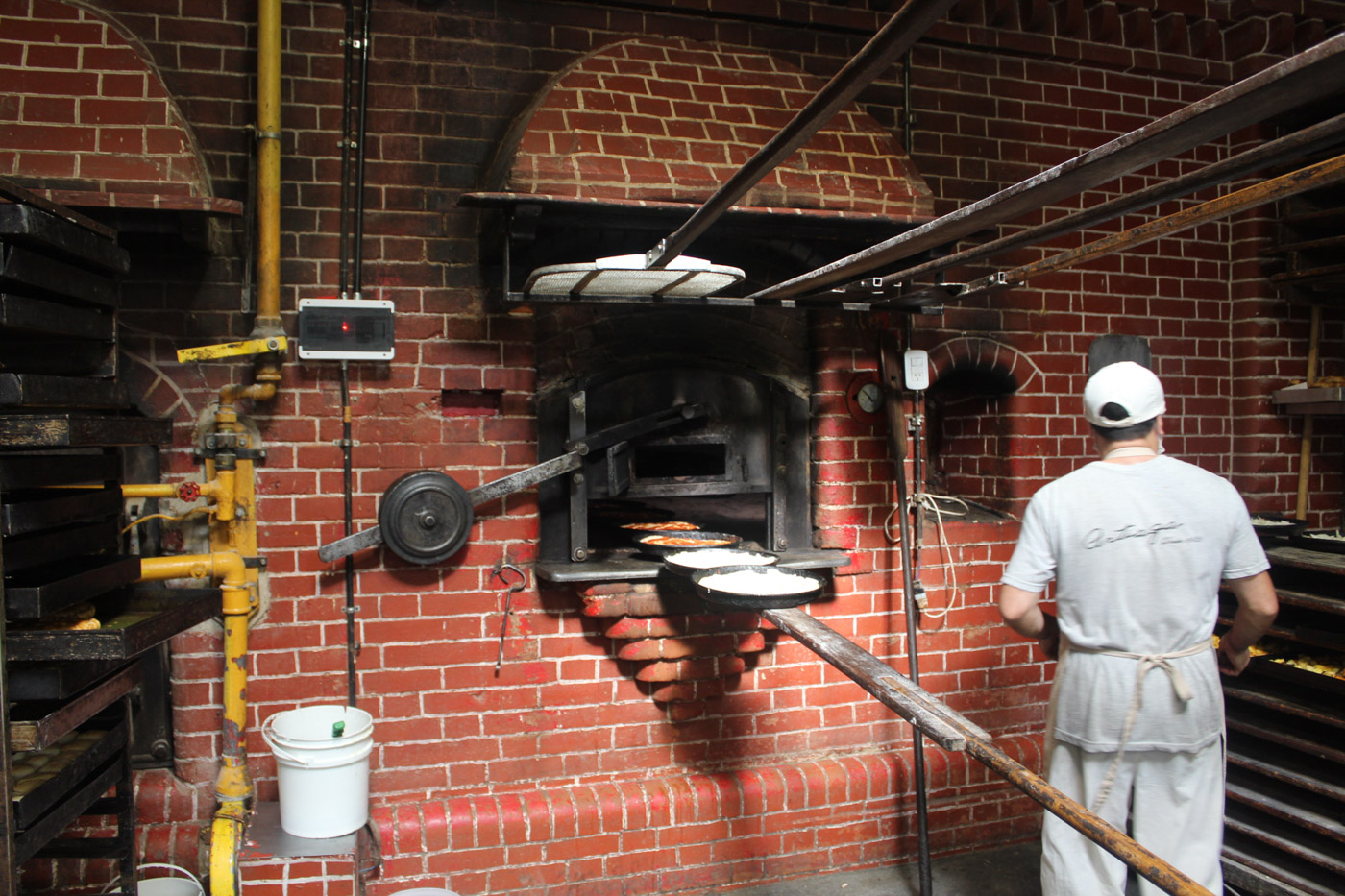
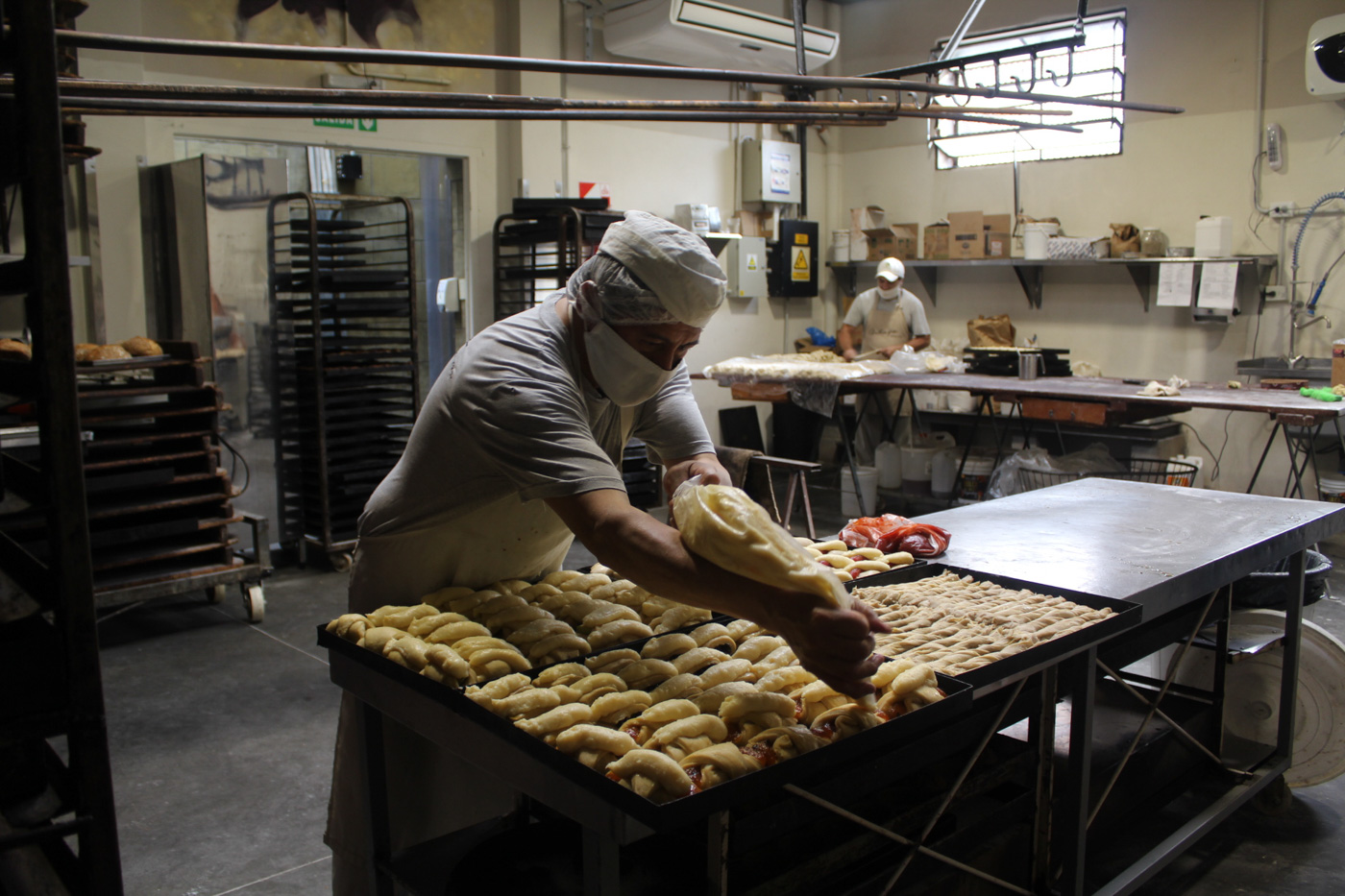
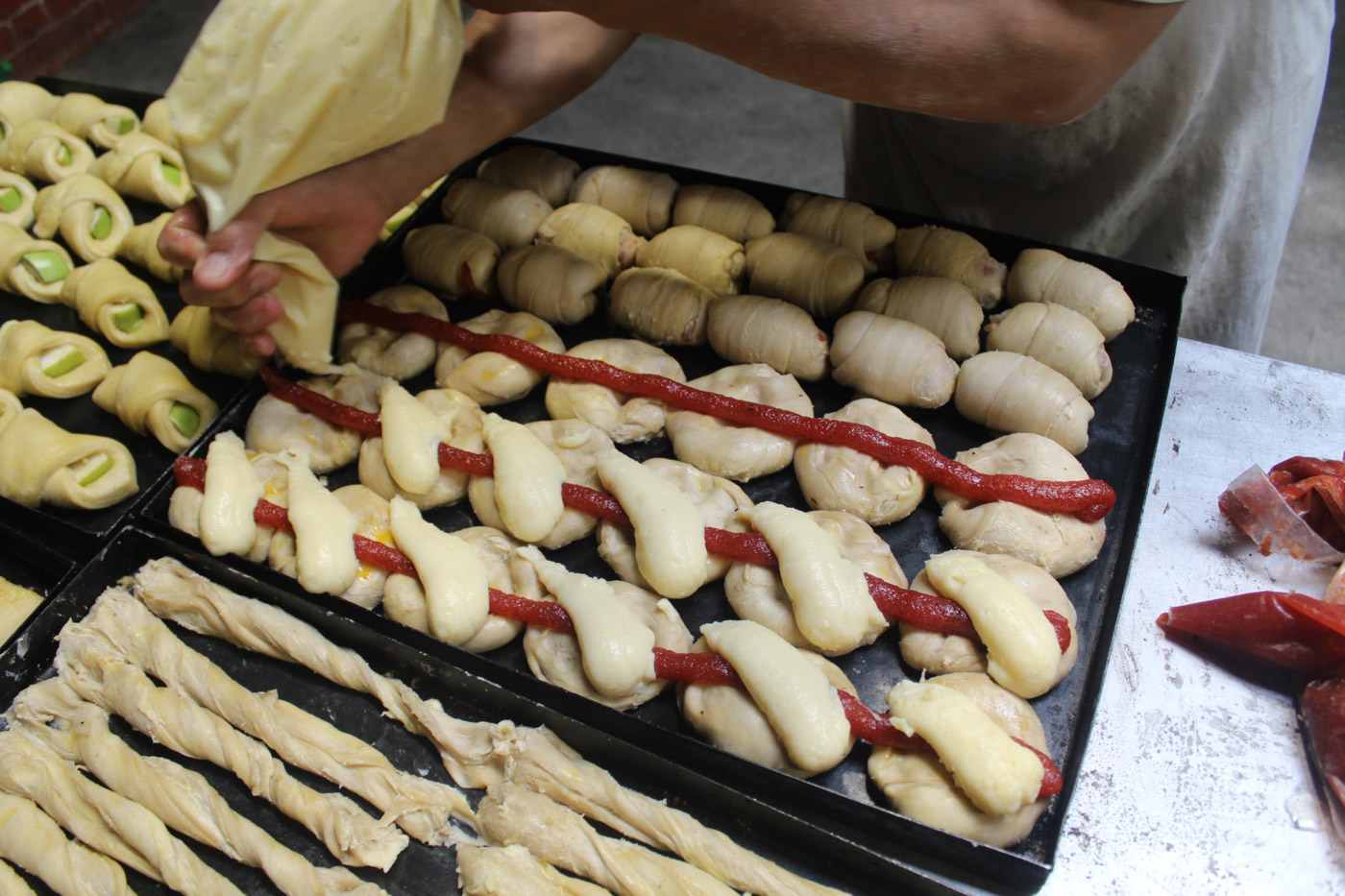
More than a bakery, Confitería Artiaga is its own little planet, and everything orbits around a forty-five by forty-five-foot brick oven that apparently hasn’t been shut off since it was built in 1931. “We have never let the oven completely cool. Even when we climb in to do repairs, we keep it warm,” Juan Manuel says. “Letting it go cold could make the bricks crack or loosen when they condense from the heat retraction.”
Argentines are amongst the world’s largest consumers of bread; the country eats roughly seventy-two kilos per capita annually. Wake up early enough and you can find a sweet pastry by following the aroma of warm wheat and sugar. Expect to find a line out the door at any given moment of the day, but especially on the weekends when people buy pastries stuffed with sweet potato jelly, covered in powdered sugar, or topped with dulce de leche by the dozen.
Despite the ubiquity of panaderias across the country’s cityscapes, Confitería Artiaga is something special. When the siblings took over, they decided to make a push toward supporting sustainable foodways, swapping out their old mise-en-place for organic flours, butter and sugar, as well as free-range eggs and pasture-fed meats.
“It was important to us to pay attention to what production models we were a part of and do what we could to support more sustainable processes and small artisan producers,” Juan Manuel explains. “Obviously, grain is where we have the biggest impact. Working with organic wheat means we aren’t supporting the use of synthetic fertilizers and pesticides that are harmful not just to the person that is eating it, but to nature and the people farming it.”
The change logically pitted them against the older generations who had kept the business afloat amidst runaway inflation, historic currency defaults, and political crisis. To them, sustaining a business meant keeping costs and prices as low as possible. Despite Argentina being the world’s second largest producer of certified organic products, nearly 90% of it is exported abroad, and what remains in the country is often pegged to the volatile dollar exchange. The cost of organic flour is roughly double that of conventional flour.
“The previous generations had a hard time understanding. ‘Why are you going to spend money on that?’ We are in constant debate,” explains Marisol. “And we are constantly educating our customers too.”
Argentina may be one of the largest producers of organic products, but it was also an early adopter of GMOs and their accompanying agrochemicals. The country also has a long-standing history of monoculture cash crops; intensive wheat production dates back to the mid-nineteenth century, and its exhaustive impact on soil health was noted by farmers as far back as the late 1800s. Still, the connection between food and farming is lost on the average consumer.
“There are a lot of people who don’t really understand what organic means,” says Marisol. “They don’t understand why it costs more, that it requires more labor, or that something like honey could be anything but organic.”
Places like Confitería Artiaga are snapshots of another era. Remnants of neighborhoods where small family businesses continue to hold their own against anonymous franchises. Part of their charm is their unwillingness to change. While organic, agroecological and small producers are becoming the battle calls of new Buenos Aires cuisine, decades-old establishments that built their reputations around popular food culture are largely left out of that transition. Compared to most traditional bakeries, the Rodríguez siblings are an oddity, contemplating both the needs of the future and the legacy of their past. Yet, they are also part of a revival of sorts—historically, bakers have been catalysts of political and social change during seismic societal shifts.
___
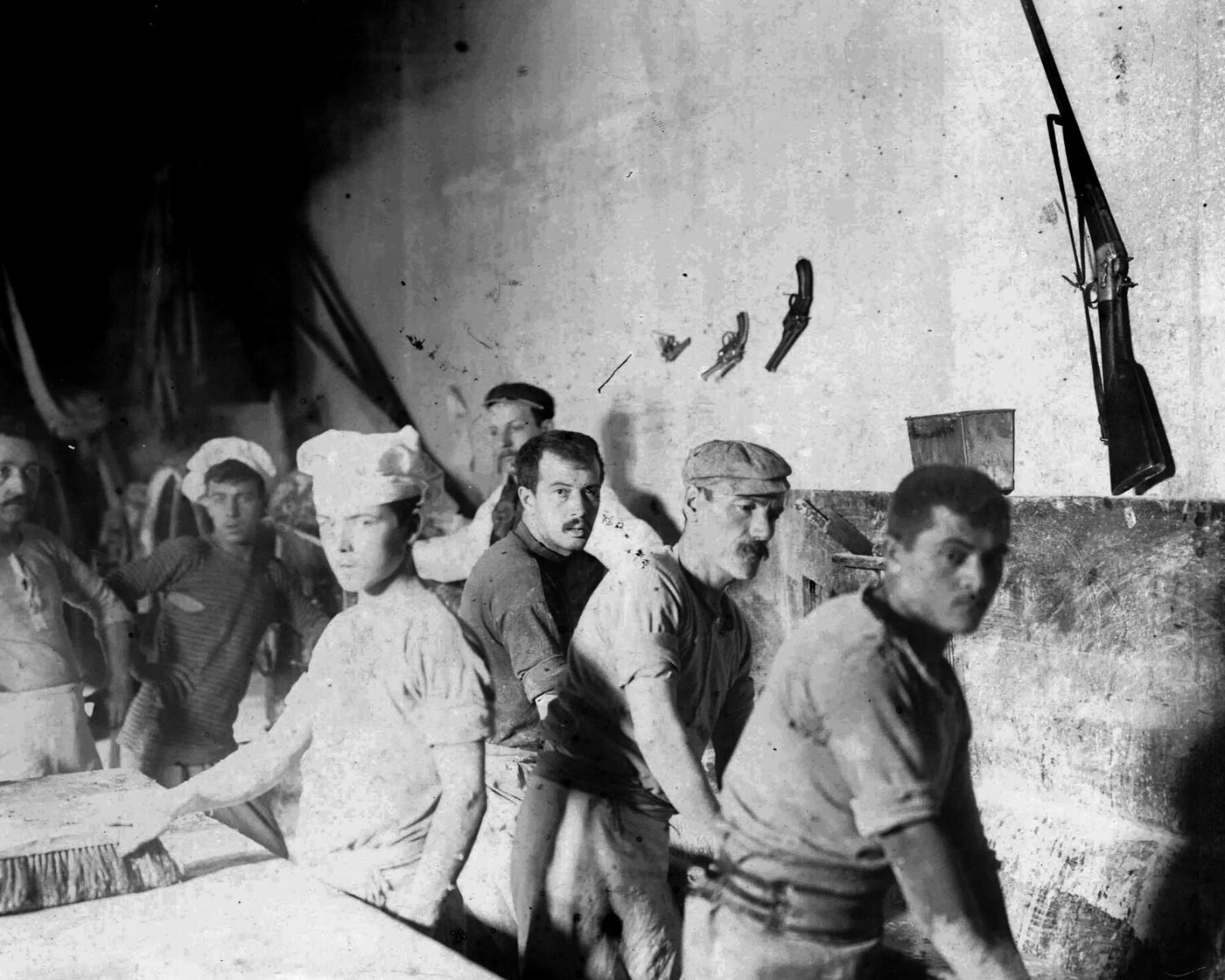
When Argentina gained independence in the early nineteenth century, like many other previous colonies, the new government looked toward an agro-export model to lift the economy onto the world stage. Throughout the 1800s, the vast and fertile grasslands known as the Pampas were usurped from Indigenous populations, divided amongst speculators and the political elite, and developed to harvest grains. From the 1890s until the Great Depression, Argentina consistently held onto a fifth of the world’s market share of wheat, which gained it the nickname “The World’s Silo.”
Despite the abundance of wheat and flour, the domestic market was unstable. Prices were guided by the whims of landowners selling on the international market and bread factory owners who pocketed massive profit margins. While the criollos (people of mixed European, African and Amerindian lineage) were content to sustain themselves with a steady diet of meat, the new European working class considered bread to be a staple. A loaf of bread became a marker of status and a source of civic strife.
“Bread traditionally was expensive since the times of the Viceroyalty. The money you spent on two pounds of bread bought you six pounds of meat despite Buenos Aires being a province with centuries of wheat production,” explains historian and food scholar Carina Perticone. “The elite preferred finely-ground flour, which was more expensive because it took longer to process. They ate French bread. The lower classes, who used whole wheat flour, which was considered lower quality, made bread with lard that was called ‘pan de mujer’ [women’s bread] because it was made by women in the home and sold on the street.”
Bread was the edible manifestation of the reality that confronted hundreds of thousands of European immigrants who flocked to Argentina on promises of a better life and found that the New World did not come as advertised. Massive wealth and power concentration made it nearly impossible for immigrants to purchase land. Many worked in the fields during the harvest season and returned to the city where they were crammed into overcrowded, precarious living conditions when they weren’t being overworked and underpaid in factory and construction work that was often dangerous and unstable.
European immigrants also brought with them anarchist and socialist political ideologies and a penchant for strikes. Bakers were amongst the first to form syndicates. Amongst the movement’s original architects were famed Italian revolutionaries Errico Malatesta and Ettore Mattei, socialist-anarchists who believed that capitalism and the state should be destroyed, and in its place they aimed for a society absent of inherently exploitative class systems. Malatesta was wary of the way unions divided white-collar and blue-collar workers and argued for equitable systems free of domination of any worker. The anarchists built influential political journals and newspaper dailies like El Obrero Panadero (The Working Baker), which were often banned by the government and had to be printed and distributed in secret. It wasn’t uncommon for journalists, editors and publishers to moonlight in bakeries.
“Bakers had an advantage during strikes because their work was highly skilled and performed manually,” explains historian Lucas Poy. “You couldn’t bring in strikebreakers like they did with other industries. There were a lot of bread factories that were working with large-scale productions which required a specific skill set. That gave bakers negotiating power that other workers didn’t have. The baker syndicates were the largest, most powerful, and most aggressive.”
The baker syndicates encouraged union and co-op-led workplaces and were the first to set up occupation-specific mutual aid organizations. Their syndicates often reached out to different industries to lend political pressure or align demands. When the baker syndicates joined the cause, a small protest could turn into a general strike. Once the baker’s reached an agreement, it was expected that the strike would quickly deflate. Politicians and the oligarch class were so afraid of their ability to organize and mobilize that police were tasked with monitoring leaders, some of whom were assassinated or deported.
Resistance to state institutions live today in the way we talk about pastries. Locally, pastries are referred to as facturas from the Latin facere, or to do, rather than pasteles, which is more commonly used throughout the Spanish-speaking world. Names of specific facturas were supposedly baptized with new monikers in the early twentieth century to ridicule the establishment. Bolas de fraile (friar’s balls) replaced berlinesa to poke fun at priests and organized religion; the vigilante, a baton-shaped croissant, and stuffed cañoncitos ridiculed the police and military; book-shaped libritos criticized state-run education; and the cremona, a rectangular-shaped puff pastry that is given various incisions and curled into a circle to make an infinity sign out of the repeated letter A for anarchism.
___
Nazareno Lovino works from a small workshop above his apartment in the northern suburbs of Olivos. A generous window illuminates his workspace and widens the room. From his vantage point, he molds inflated rounds of sourdough with a clear view of the trees and birds hidden within the core of his block. He moves without hurry, long accustomed to working exclusively with his hands, and pauses pensively each time I ask him a question.
Lovino went to culinary school to become a pastry chef. Unsatisfied with the catering jobs and kitchen gigs he was landing, he decided to buy a bag of flour and start his own business selling bread in a neighborhood market. Over the last ten years, he has built a community in his barrio where he has developed a reputation for his focaccia. Lovino sells directly to customers in the neighborhood and at an organic farmer’s market; he has always envisioned the role of his bread as the link between farmers and the consumer.
“I was interested in breaking the supply chain down and having a direct relationship with the farmer and the final consumer,” Novino explains. “I wanted a direct conversation with the producer to understand where this product was coming from, what is the impact, under what conditions it is being grown.”
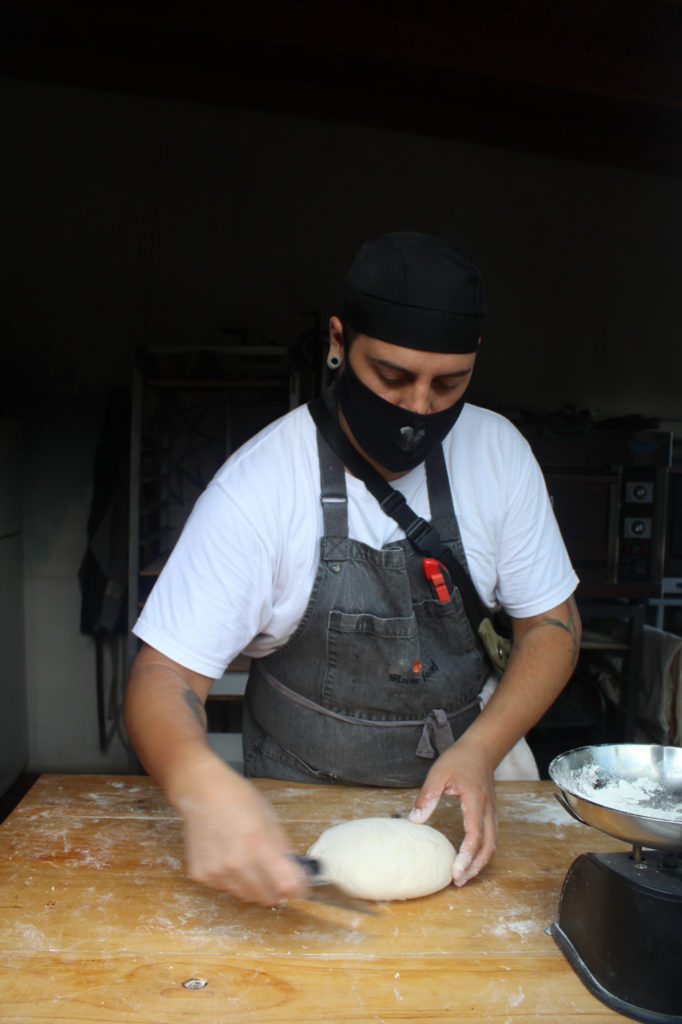
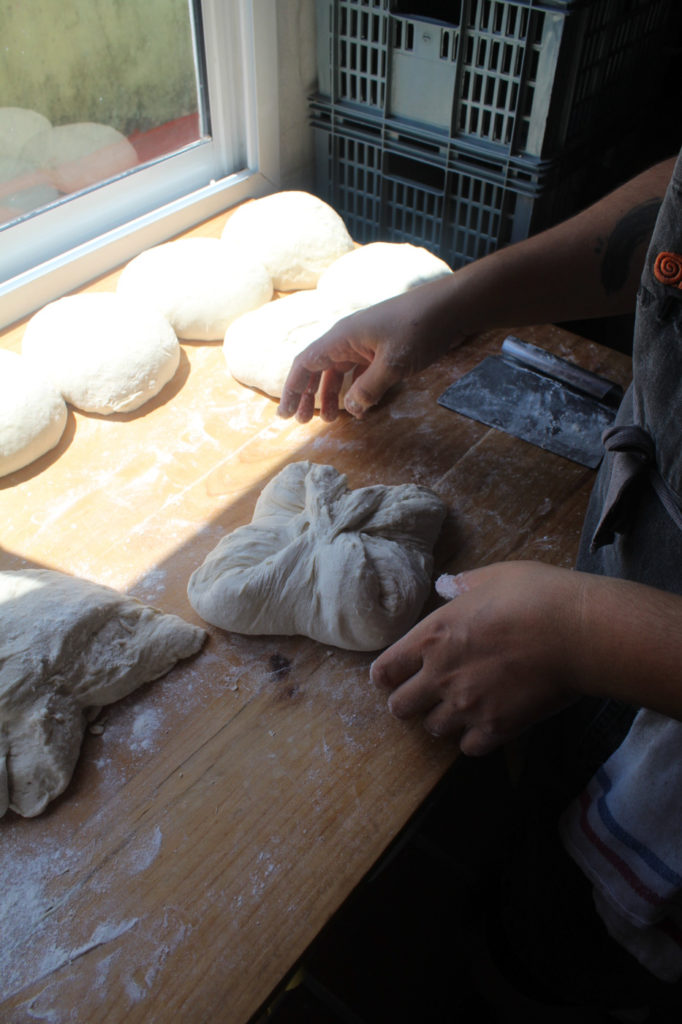
Lovino notes that direct communication with consumers is more valuable than ever. Argentina recently became the first country to approve transgenic wheat. The HB4 wheat strain is resistant to drought as well as to agrochemical glyphosate-ammonium, a chemical that puts rural populations and natural ecosystems at risk. As of 2018, the country was already using 240,000 tons of glyphosate annually. The agrochemical commonly known as Roundup is used across the farm belt and directly affects twelve million people, or roughly one-fourth of the country’s population. Glyphosate contaminates waterways and depletes soil health, and not exclusively in areas where it is directly applied. Roundup travels via air, blanketing nearby populations like dust, and studies have shown alarming increases in miscarriages, congenital diseases, and cancers in rural zones where it is most commonly used.
Lovino hands me a pamphlet outlining transgenic wheat’s challenge to the country’s health and food sovereignty. The pamphlet is distributed by the Alianza de Panaderos Artesanos, or Alliance of Artisan Bakers, a network of nearly ninety independent workers. Although they don’t identify as anarchists, Lovino is inspired by his forefathers to use bread as a tool to work toward breaking hegemonic, capitalist systems. That history of political activism is melded to a contemporary understanding of food as a source of social, economic and ecologic injustices. They work around the principles of a five-point manifest: commitment to craft, use of natural fermentation methods, respect of origin and value of ingredients, fair trade, and access to resources and information.
“We understood that we have a responsibility not just to provide a good product, but to use bread and baking as a form of resistance,” says Lovino. “Bread is about communion. It is about sharing. We defend bread from that space against the industrialization of our foodways. Bread is simple. It’s flour, water and salt, but it isn’t for nothing that it is considered a symbol of sustenance all over the world. We need to rebuild our understanding of bread as food and as something symbolic.”
Like their forefathers, the alliance guides themselves toward the betterment of the collective as a path to improve the condition of the individual. They have formed direct relationships with different mills and wheat farmers and maintain dialogues with producers to work toward a supply chain where every link is paid fairly and can work with dignity. Members share contacts of purveyors, send each other clients, and give newcomers access to books and collective purchases; they even lend their ovens to those who haven’t saved up enough to invest in their own yet.
“Making bread can be very solitary. It is easy to forget that we are part of a larger process,” Lovino says. “This is manual work. Bread is not meant to be mechanized. It is a living thing. This is about me producing what my hands are capable of and building a system that supports that.”





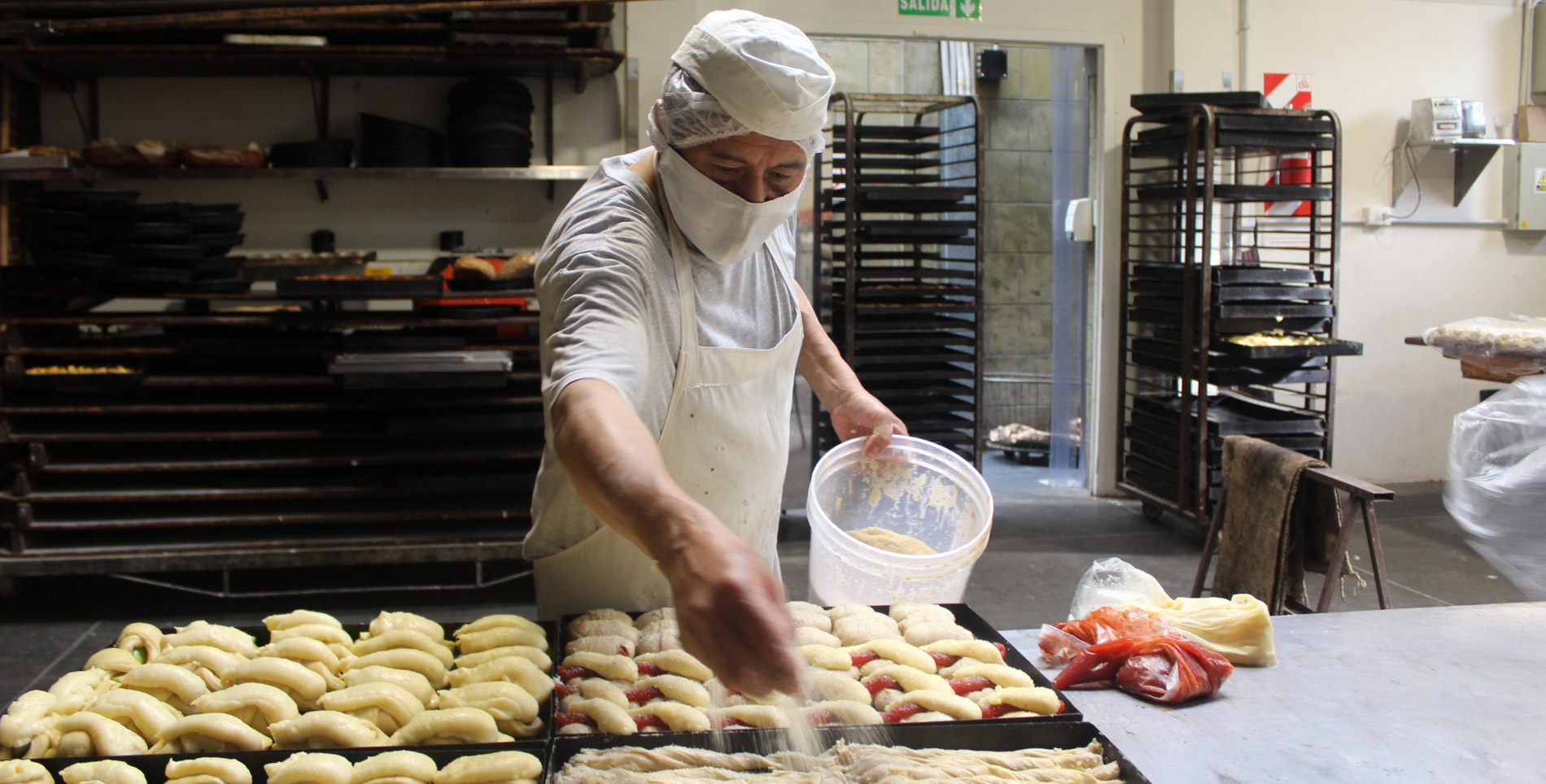

Our comments section is for members only.
Join today to gain exclusive access.